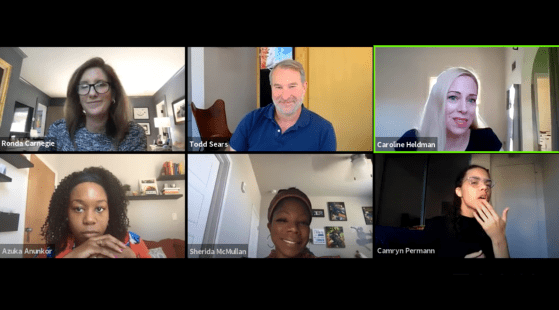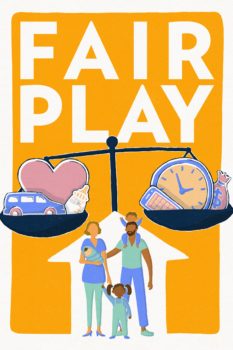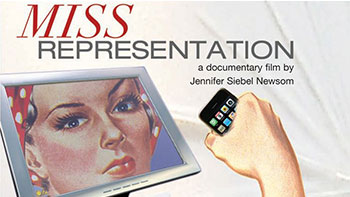There’s a difference between people who take part in optical (or performative) allyship and those who are true allies calling for change. Coined by Latham Thomas, optical allyship is “allyship that only serves at the surface level to platform the ‘ally,’ it makes a statement but doesn’t go beneath the surface and is not aimed at breaking away from the systems of power that oppress.” It’s important that those who call themselves allies are actually doing the hard and sustained work that will continue to drive the moment towards equality. In a recent virtual panel presented by The Female Quotient, our Executive Director, Dr. Caroline Heldman, shared actionable ways you can be a real ally to the Black Lives Matter movement. Check out four takeaways from Dr. Heldman below and watch the full discussion here.
On why organizations should move beyond only striving for diversity in their teams.
“If we want to see culture shift, we have to shift media by telling stories that humanize all of us. We don’t just need diversity within our organizations, we need it in the products we produce, which includes the media. If you can see it, you can be it.”
On the importance of not speaking over Black voices.
“You have to amplify Black voices. This actually isn’t your movement. You’re not going to rise to a leadership position. For example, at marches, you don’t start chants if you’re a white person but, boy, do you amplify voices for chants that are started by Black people. Listen and learn.”
On why you should not expect your Black friends and colleagues to educate you.
“It is not the responsibility of the Black people in your life or the people of color in your life to be educating you. There are thousands of books. This really has been going on for 400 years… And then it is your job to educate other white people.”
On how the media should be held accountable for the content they create.
“I think content creators, whether it’s Hollywood or news media have an additional burden to bear because they are creating our culture. They decide what stories we tell. They tell who is a hero. They tell us who is a villain. They do this subtly through cute stereotypes and tropes. But more importantly just in who shows up, whose stories are worth telling.”
Take Action! So you want to be an ally? Be sure you’re a real ally and not an optical or performative ally. And let’s get to work. There’s much to be done.




